We’ve all been there – that dreaded frayed hair days, where nothing seems to come to the rescue. Or maybe you’ve noticed more hair in your brush than usual, a tell-tale sign of damage. It’s frustrating. But here’s the good news: my personalised hair care routine is within your reach.
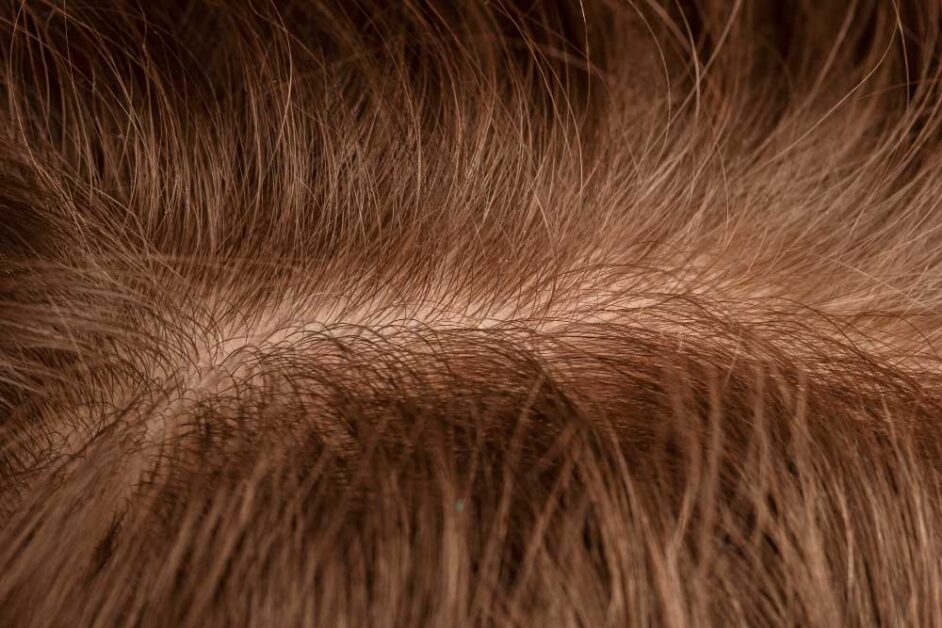
I believe that beauty, fashion, and lifestyle are all interconnected with your overall health and well-being. Hair care is a vital part of this holistic approach.
Luscious locks are a reflection of your overall well-being. You radiate confidence with healthy hair and can add extra spring to your step. Mastering the art of hair and hair care is so important.
This guide will unlock the secrets of a good hair routine. We’ll cover everything from understanding the science behind different hair types to in-depth research exploring the causes of damaged hair. Also, explore the vast world of hair care products and natural remedies. We’ll even help you create a personalized natural hair care routine that is perfect for your unique needs.
By taking care of your hair, you’re investing in yourself.
Also Read:
- How to Live Longer: 10 Proven Secrets Revealed
- Top Sustainable Denim Brands: Ultimate Guide to Eco-Conscious Jeans
- The Ultimate Guide to Staying Cool in Summer Hot Weather
Hair Care 101: Your Guide to Healthy Hair
As one of the leading influencer for beauty, fashion, and lifestyle, I get many questions about hair care. Trust me, I’ve had my fair share of bad hair days, product experiments, and “what was I thinking?” moments. But through it all, I’ve learned much about what our hair truly needs. Let’s break it down together.
Understanding Hair Structure and Growth Cycles
Each strand of hair is like a tiny rope with three distinct parts, each playing a crucial role in hair health and appearance.
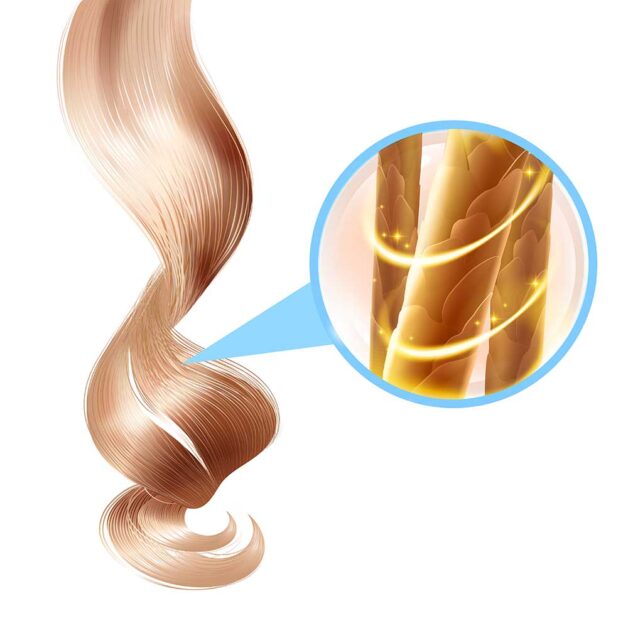
Knowledge about these enables you to manage hair and hair care effectively.
- Cuticle: The outer layer, like scales on a fish. When smooth, hair is shiny and manageable; when damaged (think heat styling or harsh products), it gets roughand leads to frayed hair.
- Cortex: The middle layer contains pigment, which gives your hair its color, and protein, which provides strength. This is often where hair damage occurs.
- Medulla: The innermost layer is not present in all hair types.
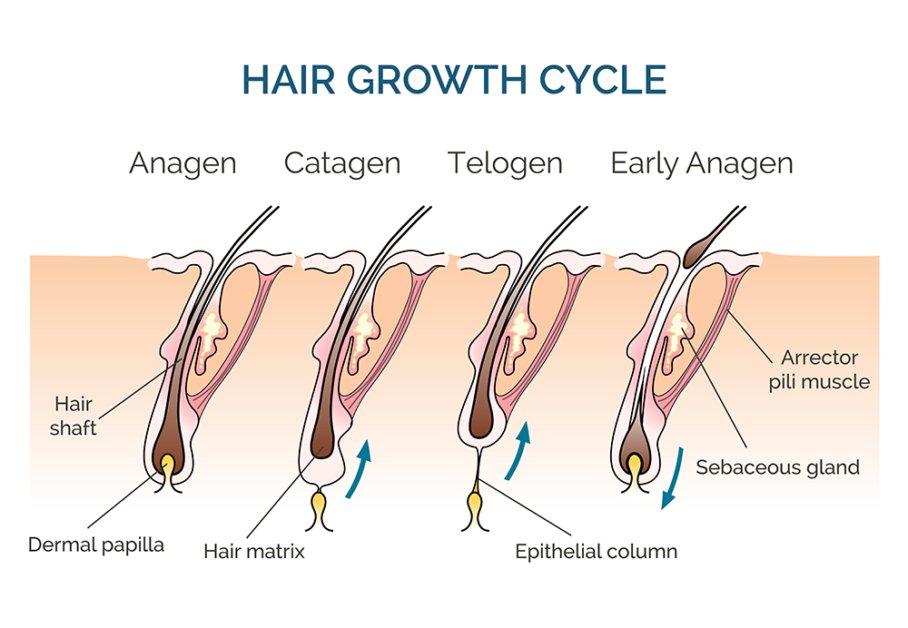
Our hair grows in cycles: active growth (anagen), transitioning (catagen), and resting (telogen), where it eventually sheds. Knowing this helps distinguish between normal shedding (50-100 strands daily) and breakage, often due to damaged hair.
Your Hair Type: Not a One-Size-Fits-All Situation
- Straight: Tends to get oily faster, needs lighter hair care products.
- Wavy: It can frizz easily and benefits from moisture and definition.
- Curly: Naturally drier, craves moisture and gentle detangling.
- Coily: Most fragile, needs maximum hydration and careful handling.
I have straight hair that are at most times oily. Over the years, I’ve understood hair and hair care, which works wonders for me.
Hair and Health: It’s an Inside Job Too!
Gorgeous hair starts from within. A balanced diet rich in protein, vitamins, and minerals is vital. Stress, hormonal imbalances, and certain medical conditions can adversely affect hair health. If you’re concerned, it’s always wise to consult a professional.
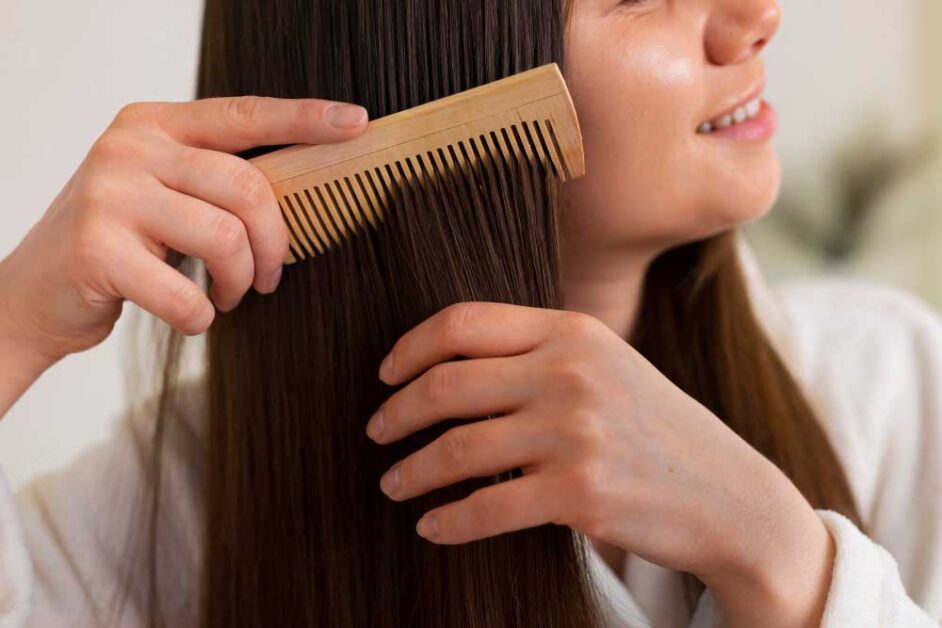
My Personal tips: I’ve noticed a major difference in my hair quality when I eat a healthy diet and manage stress through yoga and meditation. Taking a Hair, Skin, and Nail Supplement also helps.
Remember, a good hair routine is essential. It’s equally important to listen to your hair’s unique needs. Experiment with your natural hair care routine and be patient. Keep an eye out for more hair care tips and tricks!
Hair SOS: Decoding Damage and How to Repair It
Just like our skin, our hair takes a beating. Hair damage is caused by several factors, such as excessive heat styling, harsh chemical treatments, overwashing, sun exposure, and rough handling. These can strip natural oils, weaken the cuticle, and damage the cortex, ultimately leading to frayed, brittle, and unmanageable hair. Study on Scalp Hair Health and Hair Care Practices: Factors like smoking, stress, and diet impact men’s and women’s hair differently.
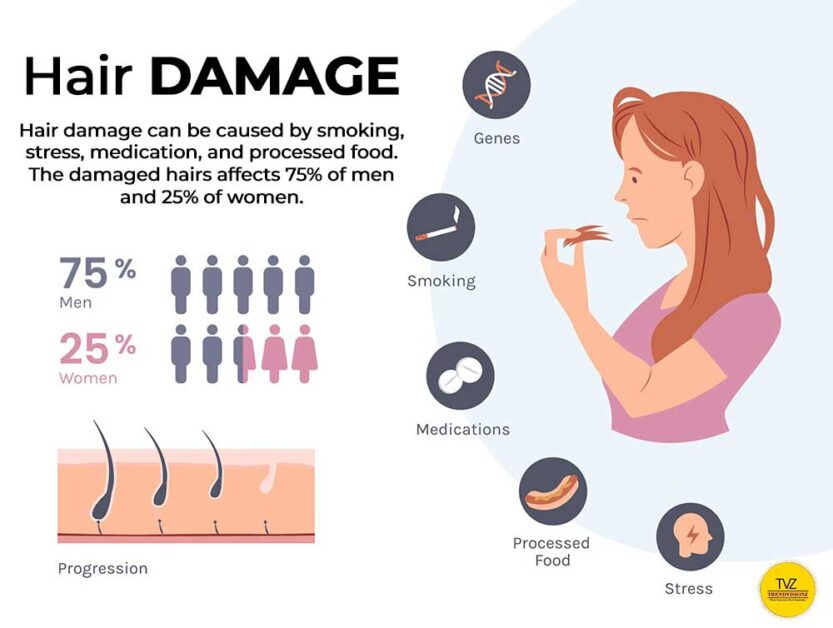
But the good news is we can learn to spot the signs and take action with simple hair care tips. Let’s tackle common hair damage problems together:
Frayed Hair: Those Pesky Split Ends
Picture a rope unraveling at the ends – that’s what split ends look like. They occur when the outer cuticle layer deteriorates, leaving the inner cortex vulnerable and exposed. Causes include:
- Over-brushing or using the wrong brush
- Heat styling
- Chemical treatments
- Environmental damage
Prevention is vital: regular trims, gentle detangling, and using heat protectants are your allies. A trim is the only real solution if you already have split ends.
Combating Dry Hair: Causes and Solutions
Dry hair becomes brittle, dull, and falls quickly. In this section, we will address common causes and explore how healthy hair can restore your hair’s moisture and shine.
- Heat styling: Blow dryers, straighteners, and curling irons strip moisture. Always use a heat protectant and lower temperatures.
- Chemical treatments: Colouring, perming, and relaxing alter hair structure, making it prone to dryness. Using deep conditioning and protein treatments can be beneficial.
- Environmental factors: Sun, wind, and pollution can dehydrate hair. Wear a hat or scarf when outdoors and use products with UV protection.
- Overwashing and wrong products: Shampoos with sulfates strip natural oils. Opt for gentle, moisturizing formulas.
Remember, moisture is key to hair and health! Use a hydrating shampoo and conditioner, deep condition regularly, and consider using a humidifier at home during dry months.
Preventing Hair Damage: Tips and Tricks
Tight hairstyles, such as braids, ponytails, and extensions, can cause tension and breakage, especially around the hairline. Give your hair a break by wearing looser styles and avoiding excessive pulling.
Hair Enemy #1: Heat Styling
Heat changes the protein structure of hair, temporarily making it more malleable. However, excess heat (above 450°F) can damage the cuticle, leading to dryness and breakage. Always use a heat protectant, choose lower heat settings, and limit styling sessions.

Chemical Treatments: Proceed with Caution
Chemical treatments break down the hair’s natural bonds to change its texture or colour. This can weaken the hair shaft and make it more susceptible to damage. If you decide to undergo chemical treatments, select a reputable salon and adhere closely to their aftercare guidelines.
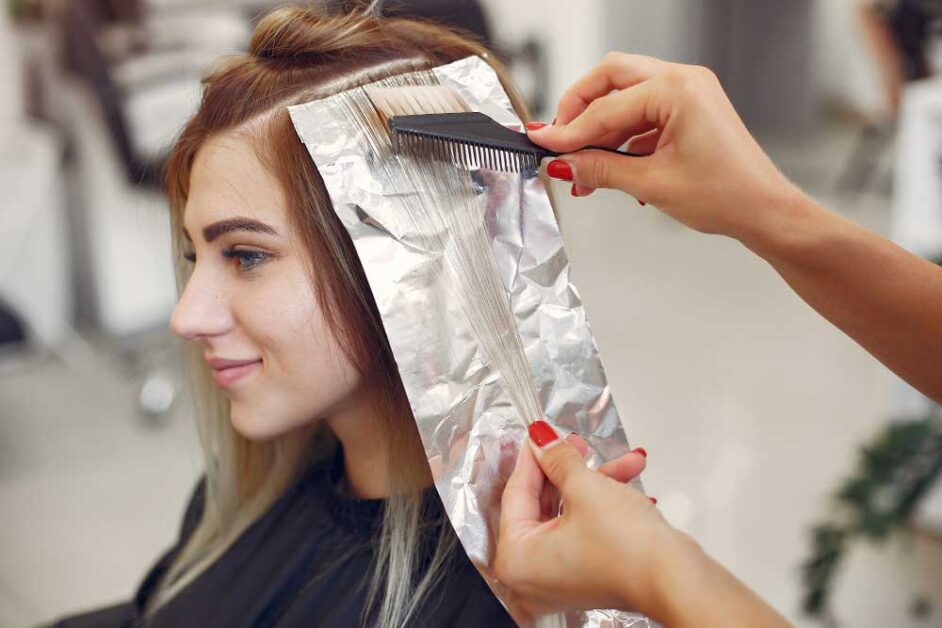
Environmental Factors: Shield Your Strands
The sun’s UV rays can fade colour and damage the cuticle. Pollution can coat the hair, making it dull and brittle. Protect your hair by wearing a hat or scarf, using products with UV filters, and rinsing it after swimming in chlorinated water.

Over-washing and Wrong Products
Shampoos with harsh sulfates and alcohols can strip natural oils, leaving hair dry and brittle. Look for sulfate-free and alcohol-free options.
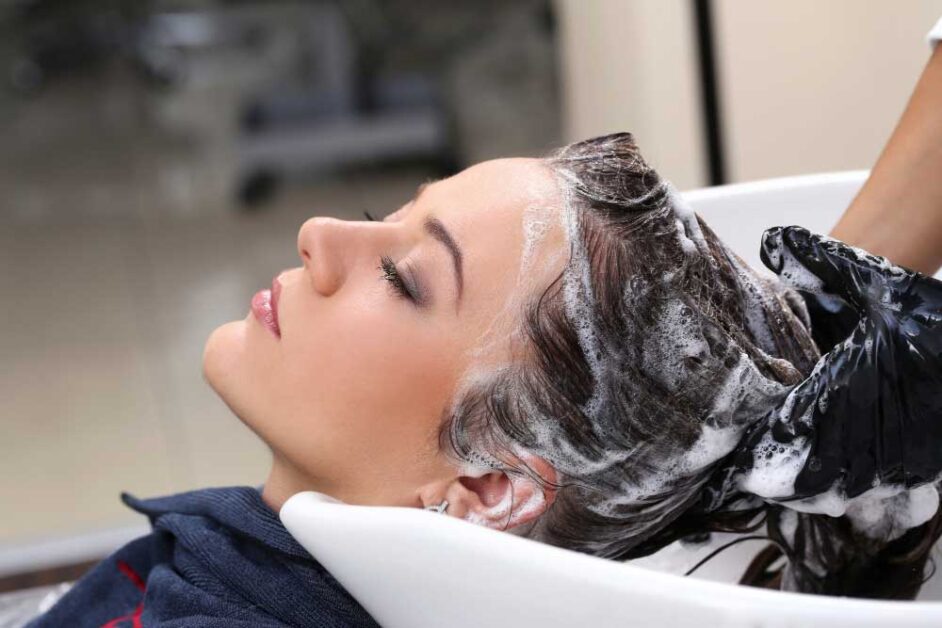
Remember, beautiful hair takes time and effort. By understanding the causes of damage and making informed choices, you can restore your hair’s health and vitality.
Building a Good Hair Care Routine
An effective hair care routine involves more than just selecting the right products. It’s about consistency and adapting to your hair’s changing needs. The seasons, hormonal fluctuations, and even stress often affect our hair.
Working in an MNC with a stressful schedule, I constantly adjust my hair care routine to suit the changing weather. I suggest adding a richer conditioner or using a hydrating hair mask more frequently. It’s all about listening and following simple hair care tips.
Cleansing with Conditioning: The Foundation of Healthy Hair
Shampooing removes dirt, oil, and product build-up. The frequency of shampooing depends on your hair type and lifestyle. If you have oily hair, you should shampoo daily, while those with drier hair can shampoo less frequently.
Choosing the right shampoo is crucial. Go for Hair care products with sulfate-free options if your hair is dry or color-treated. Sulfates often strip natural oils, leaving our hair dry and brittle.
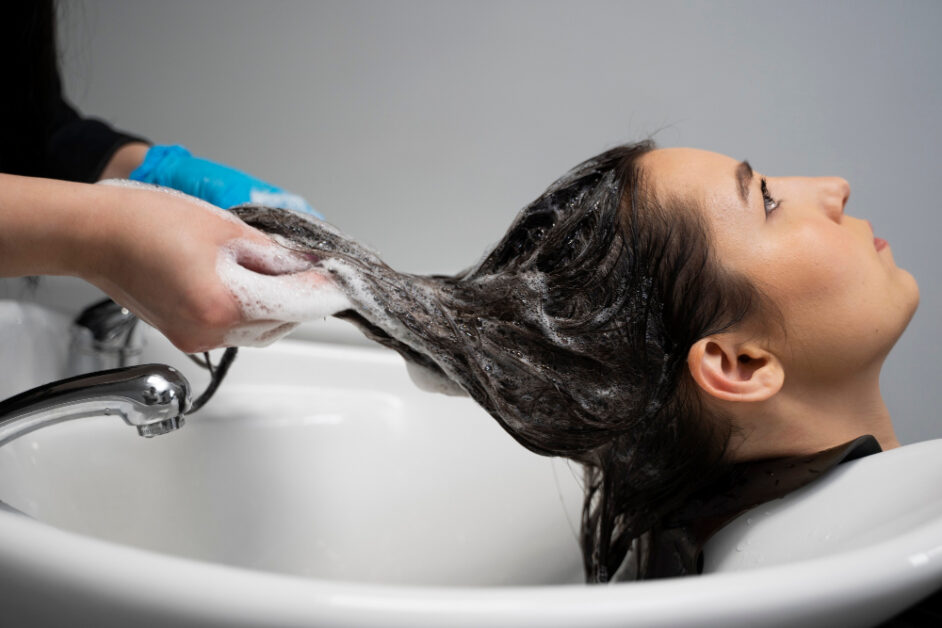
Conditioners are known to replenish moisture and smooth the cuticle. Apply conditioner from mid-lengths to ends, avoiding the scalp. Allow it to condition the hairs for 3-4 minutes before rinsing thoroughly.
Leave-In Conditioners, Masks, and Treatments: Extra TLC for Your Locks
Leave-in conditioners provide extra hydration and detangling, while masks offer deeper nourishment. I love using a leave-in conditioner on my damp hair to tame frizz and add shine. A weekly hair mask is also a must for maintaining healthy hair.
Certain ingredients can work wonders for your hair:
- Keratin: is a structural protein crucial for forming hair, nails, and the outer skin layer. It provides strength and resilience, aiding in wound healing and maintaining healthy nails and hair. The human body contains 54 different types of keratin.
- Proteins: are large biomolecules and macromolecules composed of one or more long chains of amino acid residues. They play a crucial role in hair health by strengthening strands, promoting growth, and repairing damage, with keratin being a key structural protein
- Natural oils: Like coconut oil, argan oil, and jojoba oil, nourish and moisturize hair.
- Humectants: Ingredients like glycerin and hyaluronic acid act like magnet and helps to retain moisture.
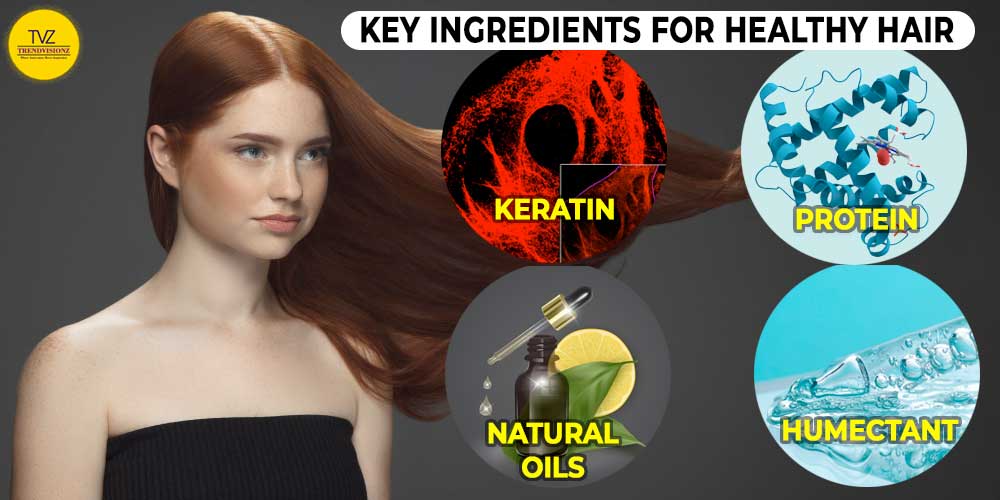
To maintain healthy hair, focus on essential elements like keratin for strength, proteins for growth and repair, natural oils for moisture, and humectants to retain hydration. Incorporate these into your hair care routine, helps your resilient hair.
Styling Products: Enhance Your Style, Not Damage
Styling products can help you achieve your desired look, but choose wisely. Look for products that offer heat protection, hydration, and hold without causing damage. Some of my favourites include:
- Heat protectants: A must before using any heat-styling tools.
- Serums and oils: Enhance shine and control frizz.
- Mousses and gels: Provide hold and definition for curls or waves.

Small steps in the right direction often go a long way with styling products. Begin with a small amount and add more as necessary.
By building a consistent routine with the right products and adjusting it. You’ll be well on your way to healthy, gorgeous hair.
Natural Hair Care: DIY Remedies and Techniques for Healthy Hair
The best hair care solutions are found right in your kitchen. Let’s explore some DIY remedies and natural ingredients that can work wonders for your hair:
DIY Hair Masks: Pamper Your Strands
- Aloe vera and honey mask: Soothe and hydrate the scalp to promote hair growth.
- Coconut oil and honey mask: Deeply moisturizes and adds shine.
- Avocado and egg mask: Nourishes and strengthens hair.
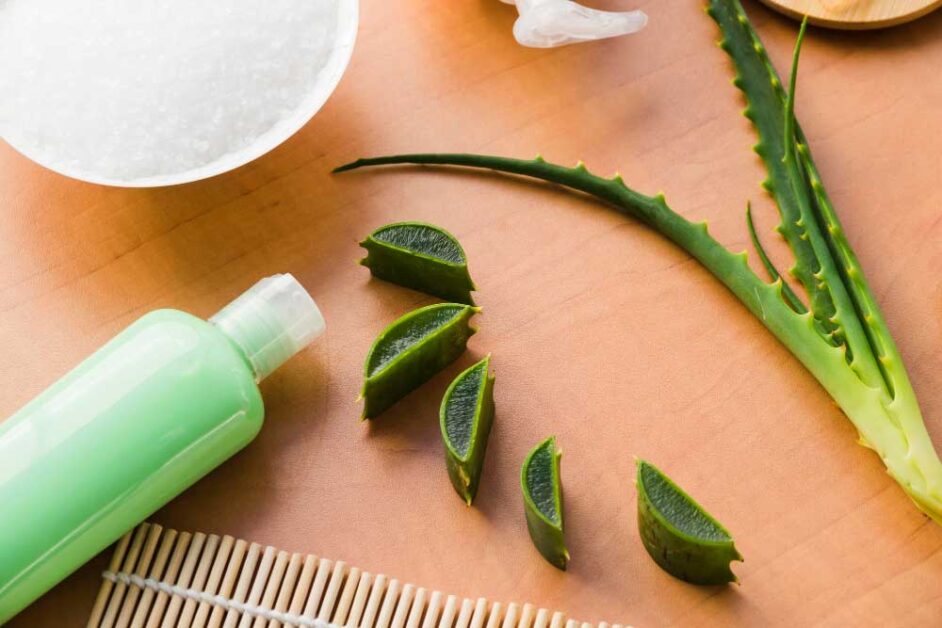
To apply, mix the ingredients, apply to damp hair, leave it on for 30 minutes to an hour, then shampoo and condition it as usual.
Scalp Massage: Stimulate and Soothe
A gentle scalp massage with your fingertips can improve blood circulation, reduce stress, and promote hair growth. You can use a few drops of essential oils like lavender or rosemary for added benefits.
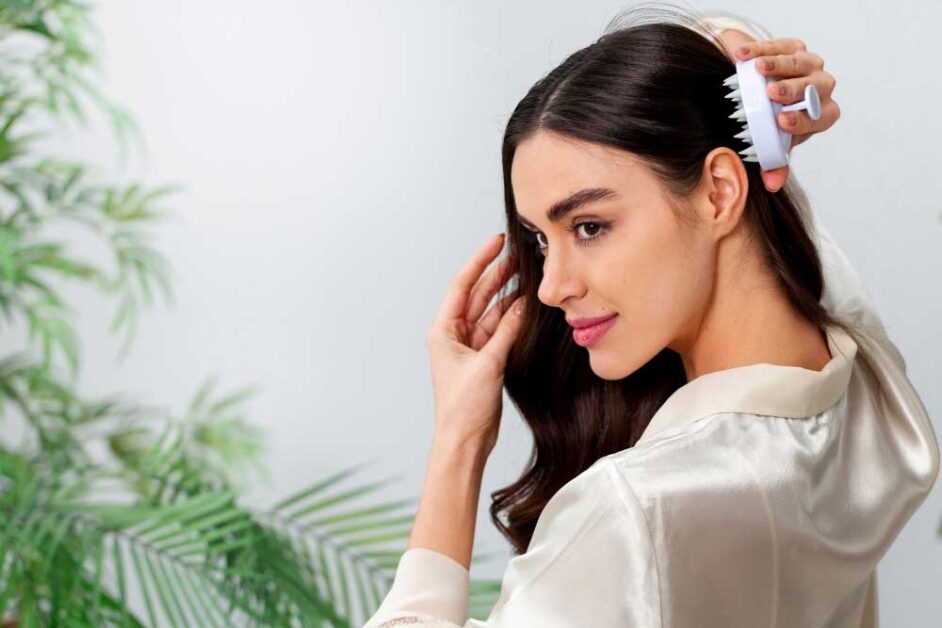
Detangling with Care
When hair is wet and conditioned, gently detangle it using a wide-tooth comb or your fingers. Start at the ends and work your way up to prevent breakage.
Powerful Natural Ingredients for Hair Care
Understanding the benefits of the natural ingredients that can enhance your hair care routine. From hydration to nourishment, these simple remedies can promote healthier, stronger, and shinier hair.
- Aloe vera: Packed with vitamins and minerals, it soothes the scalp, moisturizes hair, and promotes healthy growth.
- Coconut oil: A deeply moisturizing oil that can be used as a pre-poo treatment, overnight mask, or leave-in conditioner for dry hair. Avoid using it on the scalp if you have oily hair.
- Honey: A natural humectant that attracts and retains moisture, leaving hair soft and shiny.
- Argan oil: Rich in antioxidants and fatty acids, nourishes and protects hair from damage.
- Avocado: Packed with vitamins, minerals, and healthy fats, nourishes and strengthens hair.
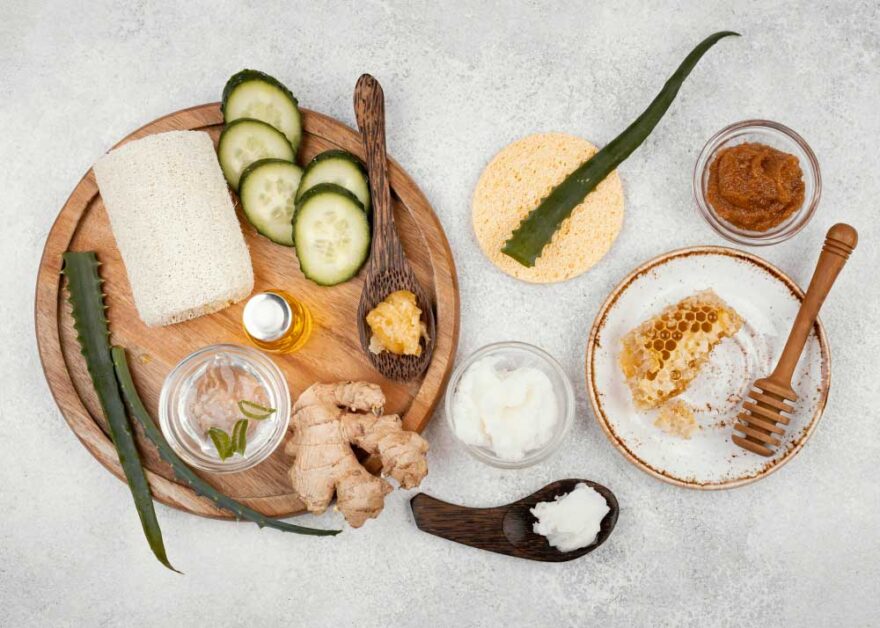
I love using aloe vera gel on my scalp to soothe irritation and coconut oil as a pre-shampoo treatment to add moisture. I also swear by honey masks for adding shine to my hair.
Add these natural hair care remedies regularly, and be patient. Your hair will reward you with health and radiance.
Personalized Hair Care: Tips for Your Unique Mane
I believe that everyone has a unique hair type. Understanding one’s specific needs is essential for healthy hair. Sharing my personalized tips and natural remedies to maintain healthy hair. These are tailored to your hair type and lifestyle.
Straight Hair: Tips for Sleek Strands
Straight hair requires specific care to maintain its shine and manageability. Follow my tips to keep your straight hair looking sleek, voluminous, and healthy without weighing it down.
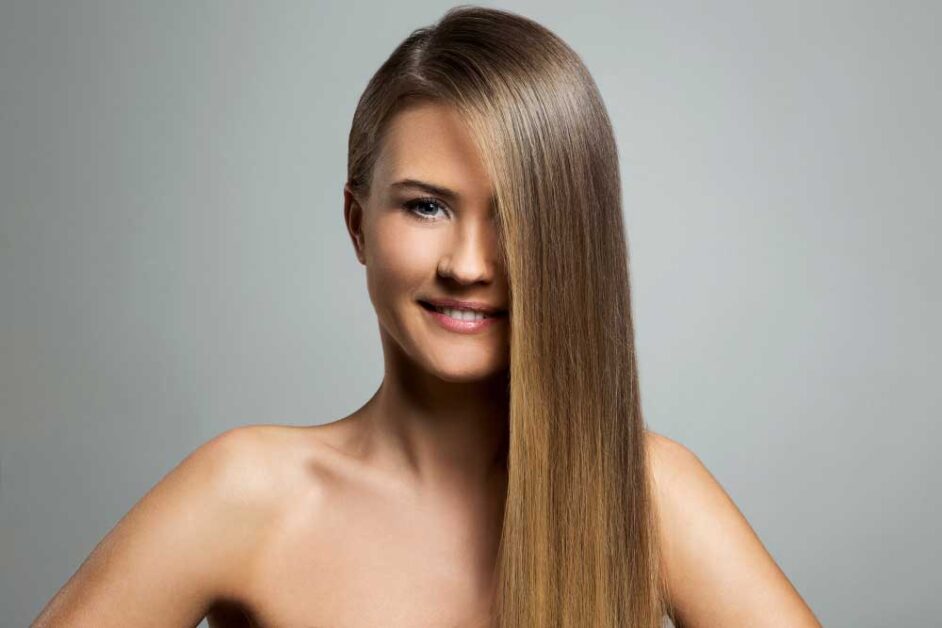
- Wash every other day or as needed to avoid over-stripping oils.
- Use lightweight conditioners and styling products to avoid weighing hair down.
- Add volume with a dry shampoo or root-lifting spray.
Wavy Hair: Enhancing Your Natural Waves
Wavy hair thrives with the proper care. Follow these tips to combat frizz, enhance your natural wave pattern, and keep your hair healthy and bouncy with minimal heat styling.

- Use moisturizing shampoos and conditioners to combat frizz.
- Apply curl-defining creams or gels to enhance your natural wave pattern.
- Air-dry whenever possible. Also you can opt for a diffuser on low heat.
Curly Hair: Curls with Proper Care
Curly hair requires extra care to remain hydrated and well-defined. These tips will help you maintain bouncy, frizz-free curls by focusing on deep conditioning, gentle detangling, and using the right curl-defining products for your unique curls.

- Deep condition regularly to keep curls hydrated and bouncy.
- Detangle gently with a wide-tooth comb or fingers when hair is wet and conditioned.
- Use curl-defining products like leave-in conditioners and styling creams to minimize frizz.
Coily Hair: Nurturing Your Natural Textile
Coily hair thrives with extra moisture and gentle care. Follow these tips to maintain healthy, strong coils: Use rich conditioners and creams, detangle carefully, and incorporate protective styles like braids or twists to reduce breakage and promote hair health.
- Keep hair moisturized with rich conditioners and creams.
- Detangle gently with fingers or a wide-tooth comb when hair is wet and saturated with conditioner.
- Protective styles like braids or twists can help minimize breakage.
Lifestyle and Hair Health: Key Factors
Our daily lifestyle and habits greatly influences your hair’s health and appearance. Maintaining a balanced diet rich in essential nutrients, managing stress through relaxation techniques, and ensuring 7-8 hours of sleep each night are crucial for promoting healthy hair growth. Focusing on these lifestyle factors can enhance your hair’s vitality and overall well-being.
- Diet: Eat a colourful and balanced diet rich in protein, iron, zinc, and vitamins B and D for healthy hair growth.
- Stress: Manage stress through exercise, yoga, meditation, or other relaxation techniques. Maintaining a good work-life balance is the key.
- Sleep: Adequate sleep for 7-8 hours to promote overall health, including hair health.
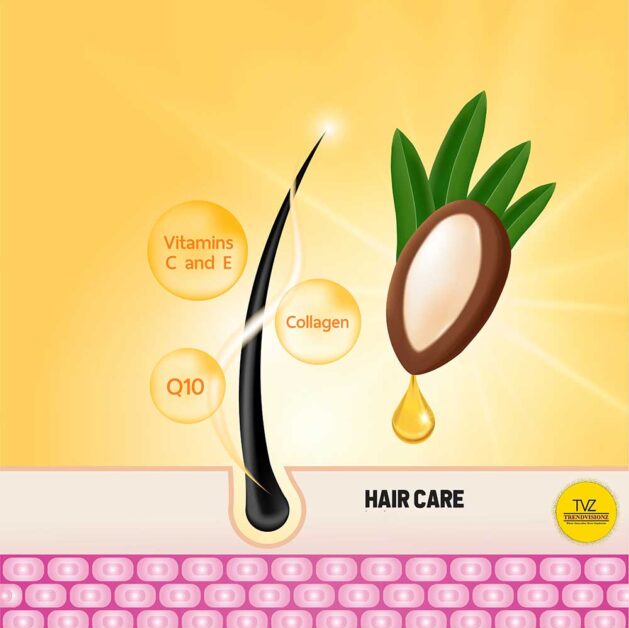
Combined with a balanced lifestyle—adequate sleep, stress management, and a nutrient-rich diet, the essential oils like argan, coconut, nourish the scalp. These hair care products enhance overall hair and health.
When to Seek Professional Help
If you notice excessive hair loss, thinning, or sudden changes in texture, it’s essential to consult a dermatologist or trichologist. They can help you understand the root cause and diagnose any underlying conditions with appropriate recommended treatments.
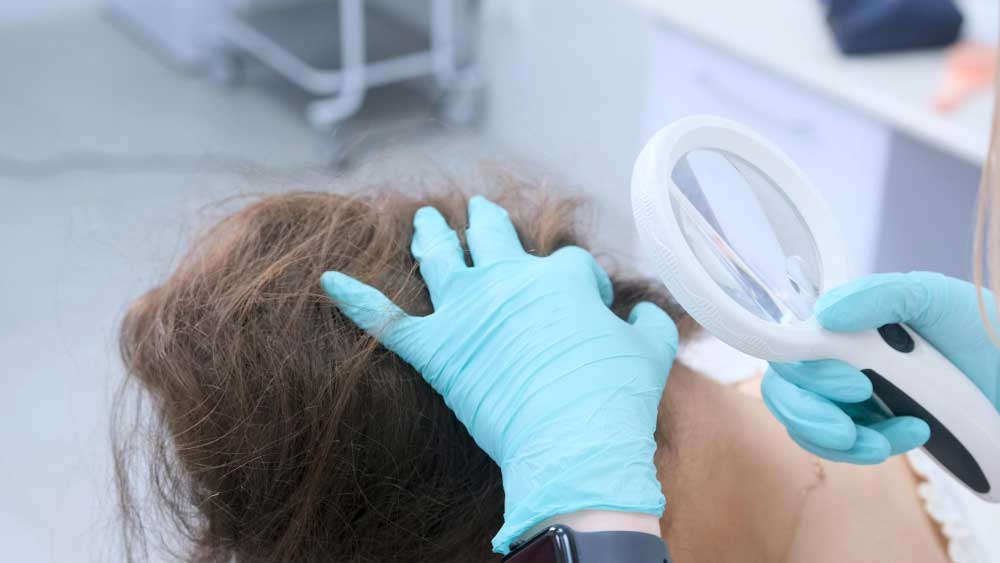
Beautiful hair is a journey; nurture it with care. It will reward you with health and radiance!
Also Read:
FAQs: Hair Care
How can I repair damaged hair?
Use deep conditioning treatments, avoid heat styling, and trim split ends regularly. Incorporate protein treatments to strengthen hair and use products with nourishing ingredients like argan oil and keratin.
How can I maintain healthy hair?
Follow a consistent hair care routine with gentle, sulfate-free products, protect your hair from environmental damage, avoid tight hairstyles, and maintain a balanced diet rich in essential nutrients. Regular trims and avoiding excessive heat styling also help maintain healthy hair.
How often should I wash my hair?
It all depends on our hair type and lifestyle we live in. Oily hair generally benefits from daily washing, while dry hair can be washed less frequently, around 2-3 times a week.
What can I do to prevent split ends?
Routine trims, gentle detangling, and applying heat protectants can help prevent split ends. Avoid over-brushing and harsh chemical treatments to maintain healthy ends.
Conclusion
This guide covers a lot of ground on hair care, from understanding the science behind your hair to exploring the vast world of hair care products. Remember, good hair routine with care and respect is the key to healthy hair.
Build a consistent natural hair routine that caters to your specific hair type and needs. By incorporating natural ingredients and gentle practices, you can achieve the luscious locks of your dreams.
This is just the beginning of your hair care journey. We invite you to explore my lifestyle content on Trendvisionz for more tips on holistic well-being, beauty, and fashion.
And if you’re looking for natural hair care or personalized recommendations, don’t hesitate to contact a trusted hair care professional. Remember, your hair is your crowning glory – treat it like royalty!
Share your Review
Our Digital Imprints:
Social Media Influencer:Trendvisionz – A Premier Digital Marketing Agency in India
Get Connected to us with our Newsletters-Transforming Lives… Creating the magic. Just – Believe ~ Practice ~ PerformBizTech Chronicle… Navigating Tomorrow’s Tech Frontiers 🚀
Join my LinkedIn Group: Digital Marketing, Content Creation World Group
Follow me on Twitter or LinkedIn. For More Such Article subscribe to Trendvisionz!


